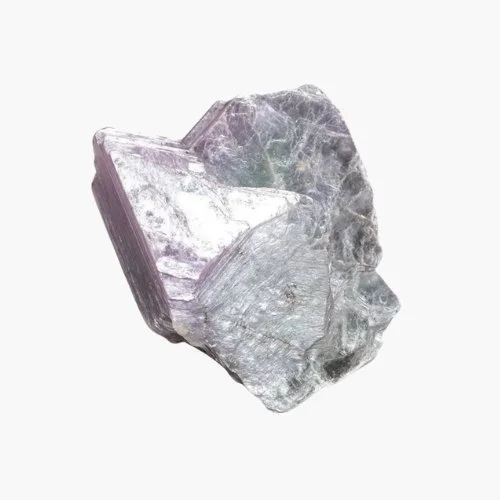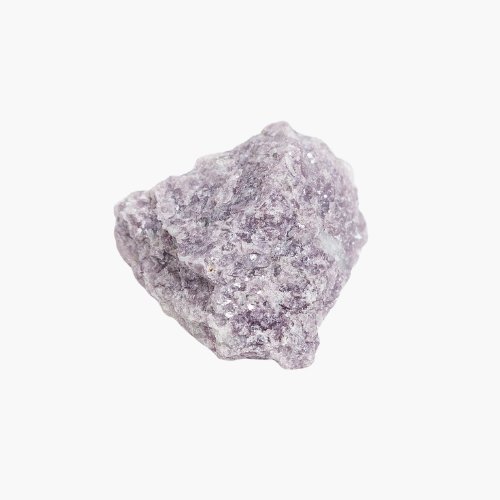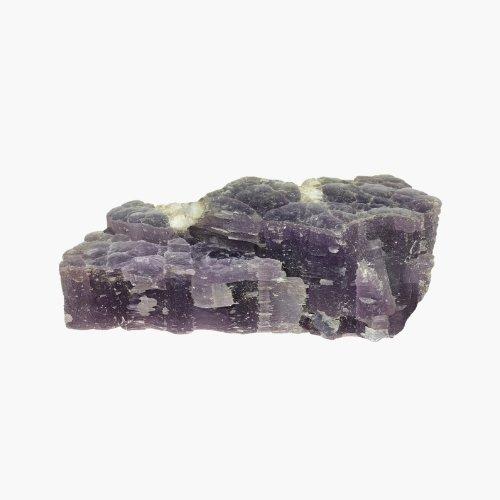Lepidolite
About
Lepidolite is a lilac to pinkish-purple mica mineral and an important source of lithium. Known for its shimmering, scaly appearance due to its high mica content, lepidolite is often associated with calming energy and emotional balance. Found in pegmatites alongside quartz and tourmaline, major sources of lepidolite include Brazil, the United States, and Madagascar.
Birthstones & Anniversaries
Lepidolite is not a traditional birthstone but is often associated with emotional healing, peace, and the zodiac signs Libra and Pisces.
Crystal Healing Energy
The overarching theme of lepidolite is emotional healing and tranquillity. Lepidolite is believed to reduce stress, anxiety, and emotional upheaval. Its gentle energy encourages self-love, calmness, and acceptance, making it a popular choice for meditation and spiritual work.
Facts
Lithium Content: Lepidolite is one of the primary sources of lithium, a metal used in rechargeable batteries and mood-stabilising medications.
Shimmering Appearance: Its micaceous structure creates a natural shimmer, making lepidolite a visually appealing mineral.
Major Sources: Brazil, Madagascar, and the United States are leading producers of high-quality lepidolite.
Softness: With a Mohs hardness of 2.5 to 4, lepidolite is relatively soft, requiring gentle handling and care in jewellery settings.
Science
Mineral: Lepidolite
Crystal System: Monoclinic
Chemistry: K(Li,Al)₃(Al,Si,Rb)₄O₁₀(F,OH)₂
Colour: Lilac, pink, purple, grey, white
Refractive Index: 1.525 to 1.598
Specific Gravity: 2.8 to 3.0
Mohs Hardness: 2.5 to 4
TreatmentsLepidolite is typically untreated. Its natural colours and shimmer are appreciated without enhancements, although polished lepidolite may sometimes be stabilised with resins to increase durability.
SyntheticsSynthetic lepidolite is not commercially available.
ImitationsDyed quartz or plastic may occasionally be used to imitate lepidolite’s lilac hue, but these lack the characteristic shimmer and texture of natural lepidolite.
similar materialsAmethyst: A purple quartz variety that may resemble lepidolite but lacks its micaceous, layered texture.
Fluorite: Purple fluorite may be mistaken for lepidolite but is more transparent and lacks mica inclusions.
Charoite: A purple gemstone with a fibrous, swirling pattern that can be confused with lepidolite, though it is denser and harder.
Lepidolite Gallery





